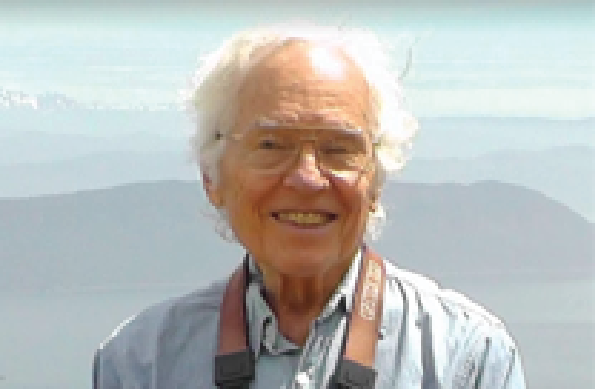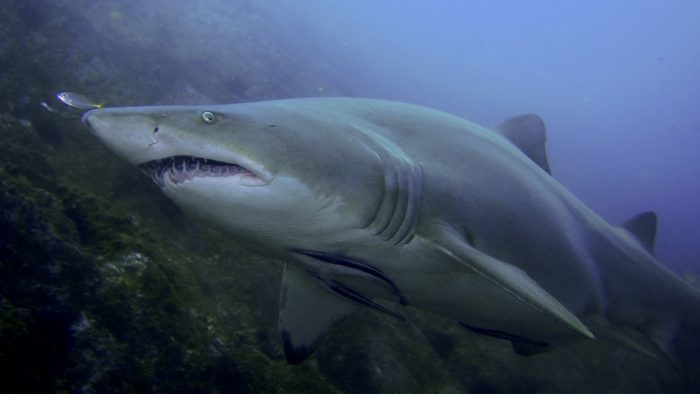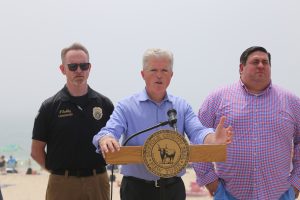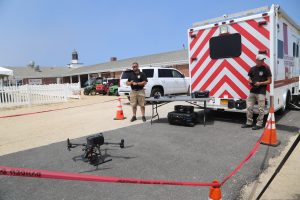It’s summer, that time of year when our residents can enjoy the full splendors of our incredible seashores.
It’s an opportunity for us to soak up sunrays and cool off in the ocean. But when enjoying a summer’s day at the beach, we must be on guard for sharks, remembering to take the appropriate safety measures.
Scientists are seeing rising shark populations in the surrounding waters of Long Island. Healthier waters have allowed marine life to thrive. And sharks, at the peak of the aquatic food chain, play an essential role in stabilizing the ecosystem. Rising shark populations suggest our conservation efforts are going rewarded.
Consequently, interactions with these apex predators have become more commonplace. Already this summer, there have been five reported shark encounters in Suffolk County waters.
As the likelihood of making contact with a shark increases, we must begin to adapt our behaviors to meet the demands of the changing environment and keep ourselves safe.
While we cannot eliminate the threat of shark interactions altogether, the New York State Department of Environmental Conservation outlines ways to reduce these risks.
NYSDEC advises against swimming in areas with seals, schools of fish, splashing fish or diving seabirds. Swimmers should avoid bathing at dusk, night or dawn, as these are peak feeding periods for sharks.
We should also refrain from swimming in murky waters, stay close to the shore and swim in groups. And we must always remember to swim in front of a lifeguard and listen closely to their instructions.
Although a classic, the 1975 film “Jaws” did a tremendous disservice to sharks’ reputations. These marine creatures play an important role in regulating marine life; they are not monsters and are unworthy of the ridicule cast upon them by popular culture.
The National Oceanic and Atmospheric Administration maintains that most sharks are not a danger to humans as we “are not part of their natural diet.” Still, when we enter their waters, we must play by their rules.
A little precaution can go a long way. By taking a few positive steps and proactive measures, we can all enjoy this summer — humans and sharks both.



















